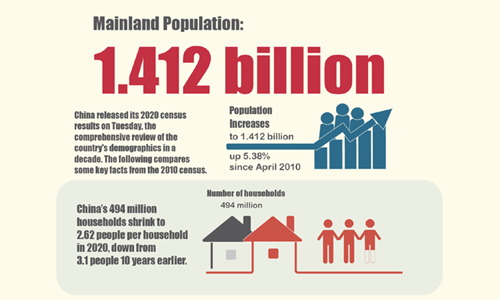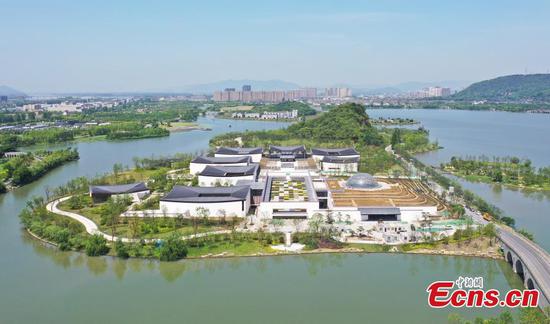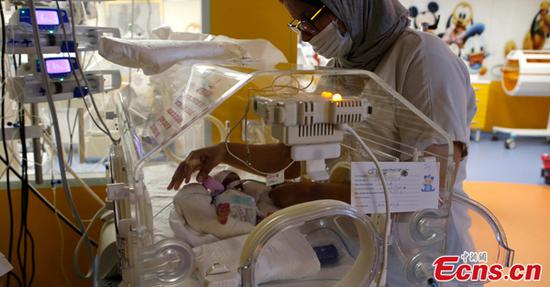
Census takers prepare door-to-door visits at a community in Fengtai District of Beijing, capital of China, Nov. 10, 2020. (Xinhua/Li Xin)
LOOKING FORWARD
As China enters the 14th Five-Year Plan period (2021-2025), the country has to cope with various issues in order to achieve high-quality growth, including a slower rate of population growth and an increasing elderly population.
The average annual population growth rate from 2010 to 2020 stood at 0.53 percent, slightly lower than the 0.57 percent recorded from 2000 to 2010, according to the NBS.
Ning said the slight decrease in the annual growth rate was due to a mix of factors, including a continued drop in the number of women of childbearing age, couples delaying having children, and the rising cost of childbearing and parenting.
"This is an objective outcome of China's economic development, particularly as the country's industrialization and urbanization reaches a certain stage," he said, noting that it is a universal issue and particularly evident in developed countries.
He expects China's population to stay above 1.4 billion "for a certain period in the future," citing positive factors that will continue to support future growth.
"China's population will peak in the future, but there remains uncertainty as to exactly when it will happen," Ning said.
According to the latest census data, Chinese people aged 60 or above accounted for 18.7 percent of the country's total population in 2020, 5.44 percentage points higher than in 2010.
An aging population is an important trend of social development, and it will be China's basic national condition for a long time, said Ning.
He said China's increasing elderly population will reduce supply in the labor force, while increasing the burden on families' elderly care and the pressure on the supply of basic public services.
But it can also promote the development of the "silver economy," expand the consumption of products and services for the elderly, and boost technical advances, he said.
China will make overall plans and take specific measures to address its aging population as a major national strategy now and for a period of time in the future, said Ning, adding that in-depth data analysis will be carried out to provide statistical support for policy-making.


















































